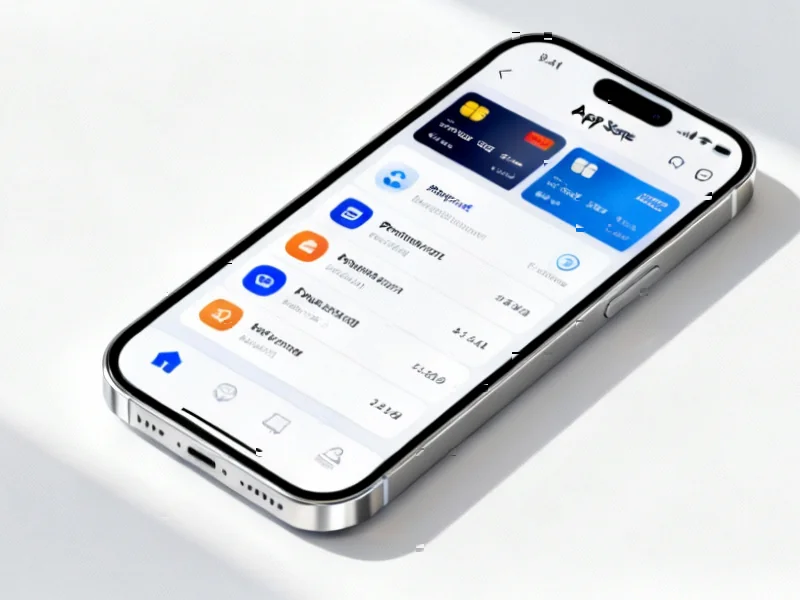According to Digital Trends, Google has officially updated its Play Store policy to allow Android developers to offer alternative billing options and link to external payment systems, effective immediately. This change follows court pressure from the Epic Games antitrust ruling and currently applies only in the U.S. market. The external billing option will remain in effect only until November 1, 2027, when the U.S. District Court order expires, potentially allowing Google to revert to previous policies. Developers can now use their own billing systems instead of Google Play Billing and can directly inform users about external pricing advantages, such as promotional offers to “Save 20% by paying on our site.” This represents a fundamental shift in how Android’s payment ecosystem operates.
Table of Contents
The Legal Pressure Behind the Change
This policy shift didn’t emerge from Google’s goodwill but represents a significant concession in the ongoing global antitrust scrutiny facing major tech platforms. The Epic Games lawsuit specifically targeted Google’s requirement that all in-app purchases flow through Google Play’s billing system, which typically takes a 15-30% commission on transactions. What’s particularly telling is the November 2027 expiration date, which suggests Google views this as a temporary compliance measure rather than a permanent policy evolution. The company appears to be betting that either legal pressure will subside or they’ll find alternative ways to maintain their revenue streams from the Android ecosystem once the court order lapses.
The Developer’s Calculated Risk
While developers gain payment freedom, they’re now facing complex decisions about whether to build their own billing infrastructure versus sticking with Google’s established system. Creating a secure, compliant payment processing system requires significant technical investment and ongoing maintenance costs that many smaller developers can’t afford. Even for larger companies like Epic Games, the savings from avoiding Google’s commission must be weighed against the operational overhead of managing payments, handling customer support for billing issues, and ensuring PCI compliance. Many developers may find that the 15-30% commission was actually a reasonable price for outsourcing payment complexity, fraud prevention, and customer dispute resolution.
The Coming User Experience Fragmentation
Android users should prepare for a more fragmented payment experience across different apps. Instead of the consistent checkout flow provided by Google Play Billing, consumers will encounter various payment interfaces, security protocols, and refund policies. While the potential for cost savings exists, so does increased confusion about where payment information is stored and how to manage subscriptions across multiple systems. The convenience of having all digital purchases consolidated in a single Google account history will disappear for transactions processed through alternative systems. This fragmentation could ironically make the mobile payment landscape more complicated than the desktop web, where users have grown accustomed to standardized checkout experiences.
The Security Trade-Offs
Google’s centralized billing system provided built-in security benefits that many alternative payment processors may struggle to match. The company invested heavily in fraud detection, secure tokenization, and regular security audits that protected both developers and consumers. Now, with multiple payment providers entering the ecosystem, the attack surface for potential data breaches expands significantly. Users will need to carefully evaluate the security credentials of each app’s chosen payment processor, creating a new responsibility that didn’t previously exist in the walled garden of Google’s controlled environment.
Broader Industry Implications
This development puts additional pressure on Apple to reconsider its own App Store policies, though Apple’s ecosystem operates under different technical and business constraints. The move also creates opportunities for payment processors like Stripe, PayPal, and Square to capture significant transaction volume from Android developers seeking alternatives. According to Google’s updated developer documentation, the company still maintains certain requirements around user experience and safety, suggesting they’re attempting to balance openness with ecosystem control. The real test will come in how aggressively developers adopt these alternatives and whether the promised cost savings actually materialize for consumers.
Related Articles You May Find Interesting
- The Data Center Talent Crisis: Why Traditional Hiring Is Failing
- John Malone’s Final Act: Cable Cowboy Steps Down After 50-Year Reign
- MIT’s TX-GAIN Supercomputer Ushers in the Exaflop Era
- Cassava’s AI Bet: Africa’s Digital Infrastructure Race Heats Up
- Samsung’s Exynos Gamble: Why the S26 Strategy Could Backfire



